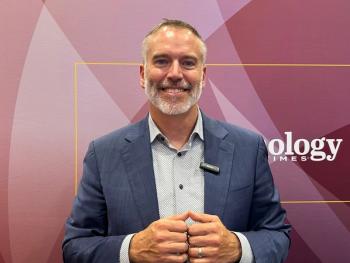
Envision Summit 2025: Advice on treating periorbital eye injuries
Key Takeaways
- Periorbital injuries necessitate a detailed history and examination to tailor management based on the injury mechanism, such as blunt trauma or lacerations.
- Surgical intervention by an oculoplastic surgeon is crucial for restoring function, reducing complications, and preserving appearance after periorbital trauma.
At the Envision Summit 2025 in San Juan, Puerto Rico, Brittany Simmons, MD, discussed periorbital injuries and how they can affect the soft tissue and bones around the eye and gives insight into how clinicians should best go about treating it.
At the Envision Summit 2025 in San Juan, Puerto Rico, Brittany Simmons, MD, discussed periorbital injuries and how they can affect the soft tissue and bones around the eye and gives insight into how clinicians should best go about treating it.
Video Transcript:
Editor's note: The below transcript has been lightly edited for clarity.
Brittany Simmons, MD:
My name is Brittany Simmons. I'm a professor of oculoplastics, orbital and reconstructive surgery at the Kellogg Eye Center at the University of Michigan. I gave a talk today on periorbital trauma. So this is injury to the soft tissue and bones around the eye. These injuries can include lacerations or broken bones. The mechanisms of injury include things like sharp penetrating injuries with a foreign object, sharp lacerating injuries such as dog bites, which we can see in children and also blunt force trauma. Interestingly, in adults, the most common cause of blunt force trauma in men is assault. In women, it's motor vehicle accidents as well as falls, but a third common reason for blunt force trauma in women is actually assault as well. More than half of those patients it comes from intimate partner violence.
So why do we care? Why do we talk about these things? When we're dealing with patients with trauma around the eye, there are three things that I want you to do. The first is get a good history. The mechanism of injury is super important, because how we manage a patient with blunt force trauma from a car accident will be different from a patient with a dog bite, will be different from a patient with blunt force trauma from intimate partner violence. So the first thing I want is a good history.
The second thing that's important is a good exam. Think about this, injury around the eye not only could injure the structures around the eye, but the eye itself. So the most important thing is evaluating and ruling out injury to the eyeball. After that, we need to get a good survey of all the injuries that could be there. Is it a cut? Is it a broken bone? Where is the cut? So a good exam is the second thing I want to focus on.
And then the third thing, the most important thing for me as a surgeon, is principles of repair. So we repair these, usually surgically, to restore function, to reduce complications, and to preserve the appearance after an injury. It's super important to have a good understanding of the anatomy and to see someone who's specially trained, so someone like myself, an oculoplastic surgeon, in order to optimize our outcomes and reduce our complications.
I strongly believe if there's an injury that's significant enough to damage something around the eye, you should get it looked at, either go to the emergency room or go see your regular eye doctor if you can get in within the next day or two, because if there's that much force or sharp injury, it's worth getting it evaluated. There are complications that can happen from these injuries, especially if they're untreated. So there can be vision threatening complications to the eye itself. So again, if you have that much of an injury, you want the eye examined. But there are complications to untreated soft tissue or bone injuries that can happen too. So you can get scarring that can hurt the position of the eyelid, which could then hurt the eye. There can be broken bones that don't heal, right that can affect how we see–how the eyes move. Do we get double vision? Or even how the eye sits in the eye socket. So there–any time you have an injury around the eye area, it's better safe than sorry. Just get it looked at. That's the most important thing I tell my patients and other clinicians.
We want to make sure the eye is okay, that the eye itself doesn't have a cut or a terrible bleed or an injury to the surface of the eye, things that could threaten the vision permanently. If the eyeball itself is okay and we're just dealing with the soft tissue trauma or bone trauma around the eye, then again, we're evaluating for immediate things to fix. Is there a cut or a laceration to deep tissue, do we have risk of infection? Is there that broken bone that could trap muscle and hurt the muscle? If those immediate things are ruled out, then we start thinking long term, what are the complications if we fix something or if we don't fix something.
Newsletter
Don’t miss out—get Ophthalmology Times updates on the latest clinical advancements and expert interviews, straight to your inbox.


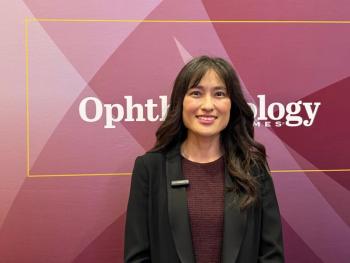

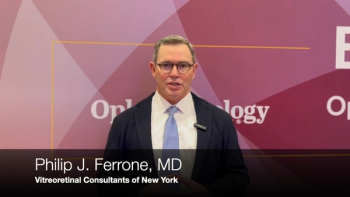
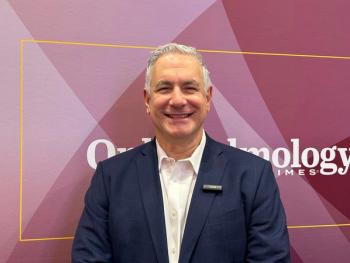
























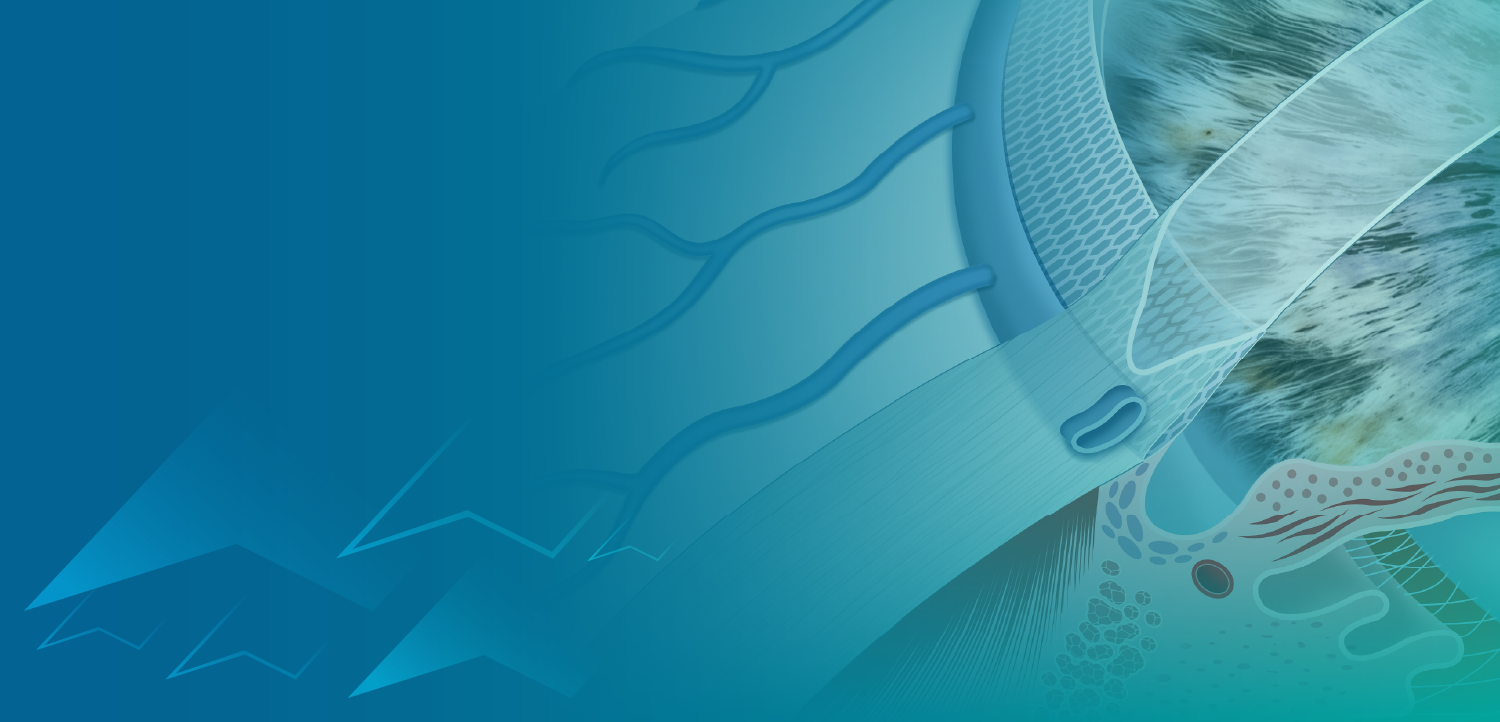
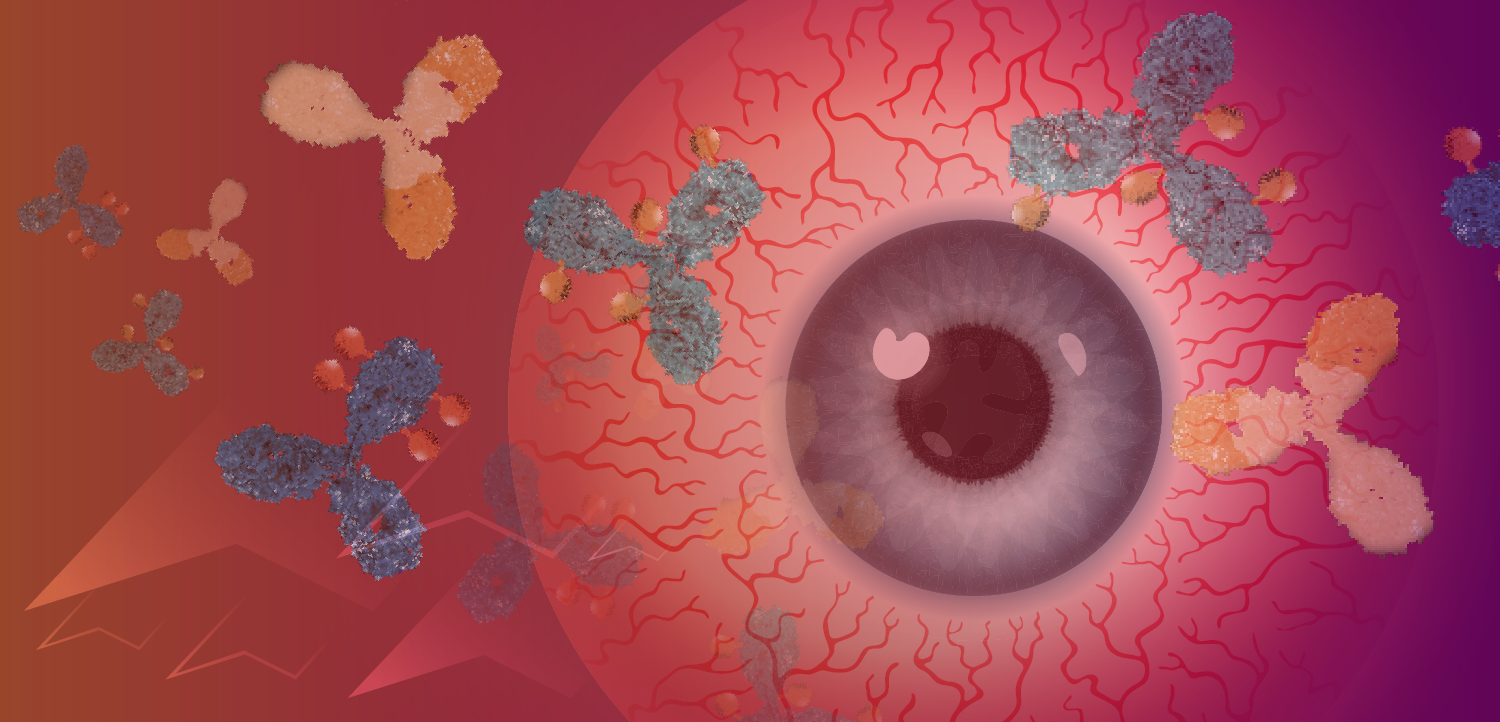
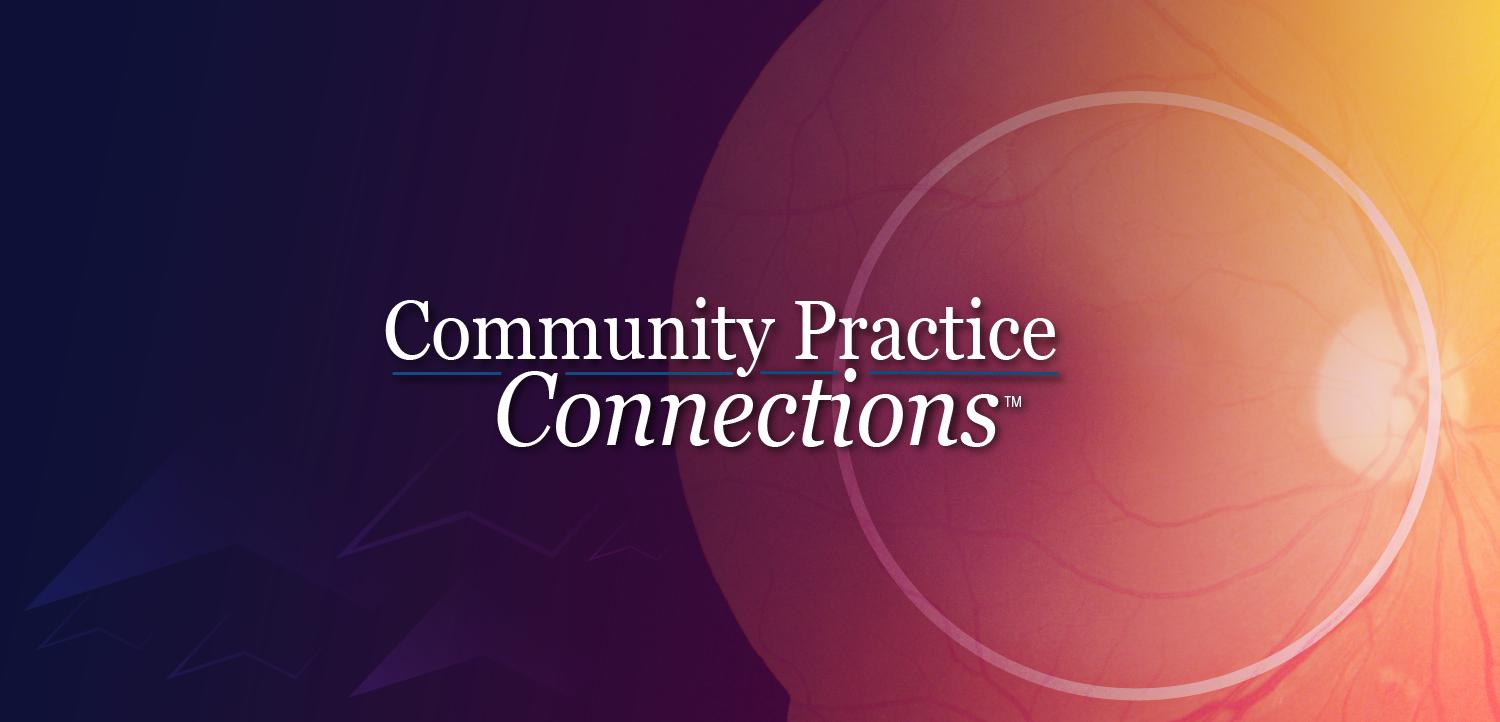



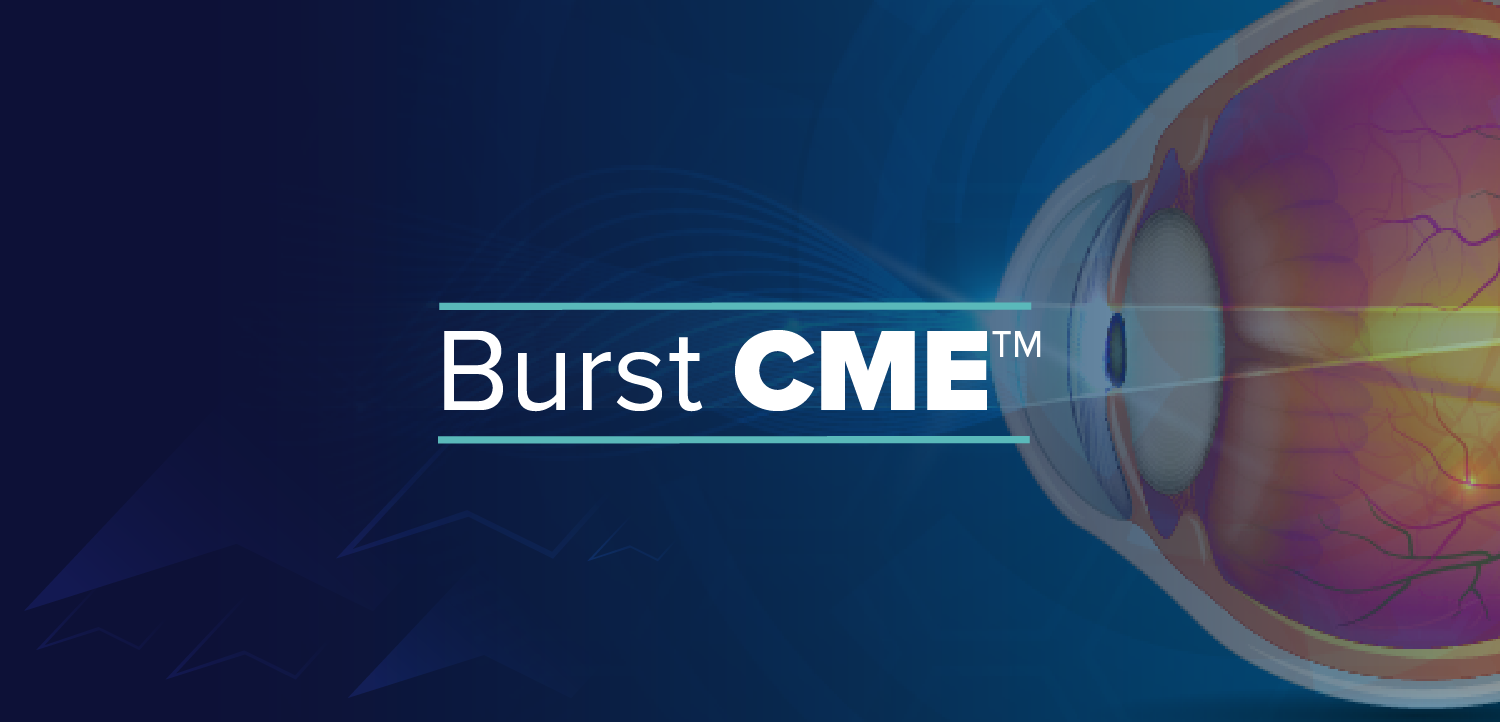














.png)


